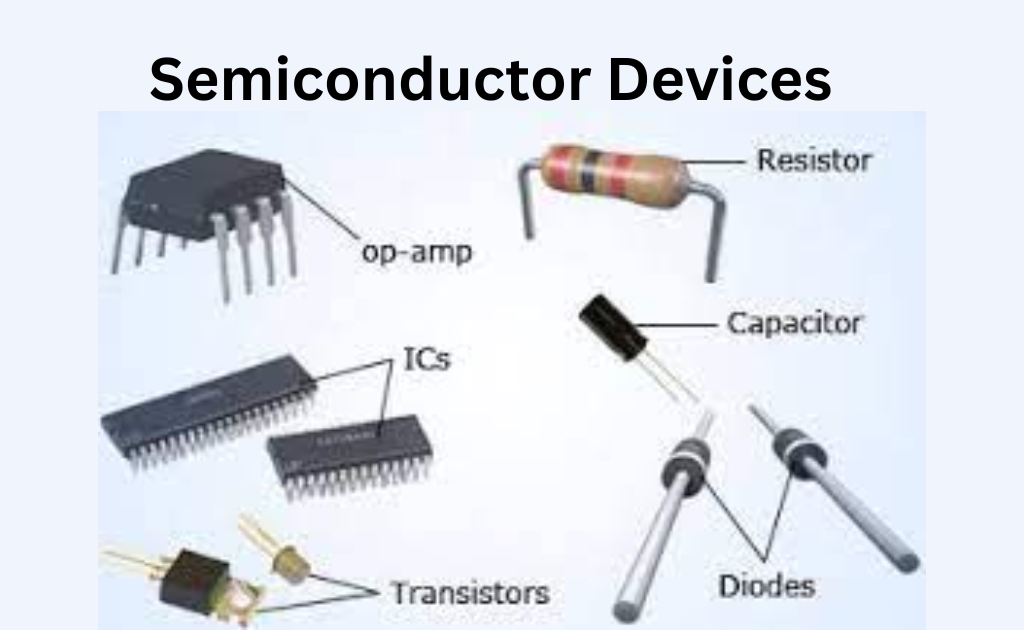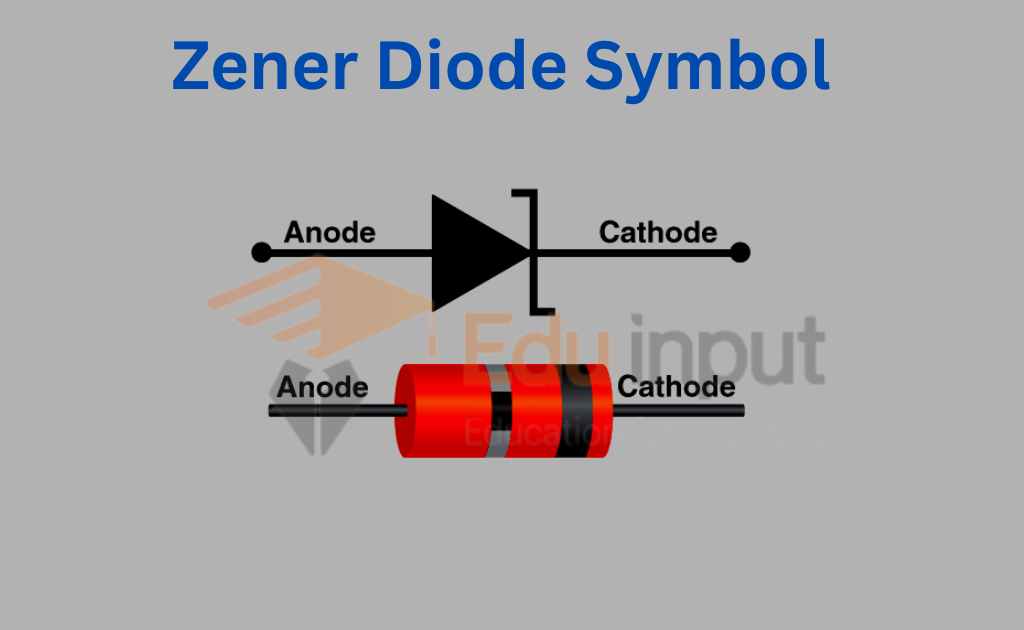Semiconductor Devices-Definition, Examples, And Applications
In order to work, a semiconductor device must rely on the electronic characteristics of a semiconductor material, most often silicon, germanium, gallium arsenide, as well as organic semiconductors. Between conductors and insulators, it has intermediate conductivity.
In most applications, semiconductor devices have taken the role of vacuum tubes. In contrast to free electrons crossing a vacuum or free electrons and ions crossing an ionized gas, they transmit electric current in the solid state.
Semiconductor Devices
A semiconductor is a substance that permits the flow of electricity through it. Take the CPU as an example. The CPU is made up of several transistors, each of which contains semiconductor material that permits the flow of electricity and is controlled by a switch.
Here is a transistor, where the actions depend on whether the switch is turned on or off to regulate the flow of electric current. As a result, a device like this, which permits current to partially travel through them, is referred to as a semiconductor device.
Semiconductor materials are advantageous because doping, or the intentional addition of impurities, may quickly change their behavior. Semiconductors make great sensors because they have the ability to control conductivity by the application of an electric field or magnetic field, exposure to light or heat, or mechanical deformation of a doped monocrystalline silicon grid. Charge carriers sometimes referred to as mobile or “free” electrons and electron holes, are responsible for current conduction in semiconductors.
Examples
The term “Semi-Conductors” refers to these components that are regarded to be neither good insulators nor good conductors. The following are some examples of semiconductors: op-amps, resistors, capacitors, diodes, and transistors.

These devices’ dependability, compactness, and affordability make them popular in a variety of applications. A semiconductor is utilized as a discrete component in solid-state lasers, optical sensors, power supplies, and light-emitting devices.
The current ratings vary from a few nano-amperes, or 109 amperes, up to more than 5,000 voltage and ampere ratings, which stretch over 100,000 volts. They also offer a wide variety of current and voltage handling capacities.
Types of Semiconductor Devices
These devices are categorized in accordance with whether they have two terminals, three terminals, or even just one terminal. Diode, Zener diode, Laser diode, Schottky diode, Light-emitting diode (LED), Photocell, Phototransistor, Solar cell, etc. are some examples of two-terminal devices.
Transistors
Bipolar junction transistors and field-effect transistors are the two types of transistors. The development of two p-n junctions in two distinct configurations, such as n-p-n or p-n-p, results in the bipolar junction transistor.
The three areas that develop in this kind of transistor are known as the emitter, collector, base, or middle region. Based on the concept of conductivity, the field-effect transistor may change its conductivity when an electric field is present.
Diode
A semiconductor device called a diode has a single p-n junction. P-type and n-type semiconductor materials are typically joined to create P-n junctions in electronic devices.
This creation results from the electrons diffusing from the n-type area to the p-type region because the n-type region has a larger number of electron concentrations while the p-type region has a higher number of hole concentrations. As a result, this phenomenon is employed to produce light.
Applications of Semiconductor Devices
The building blocks of logic gates, which are essential in the creation of digital circuits, can be any form of transistor.
Transistors serve as on-off switches in digital circuits like microprocessors; in the case of a MOSFET, for example, the voltage provided to the gate decides whether the switch is on or off.
Instead of functioning as on-off switches, analog circuit transistors respond to a continuous range of inputs with a continuous range of outputs.
Amplifiers and oscillators are examples of typical analog circuits. Mixed-signal circuits are those that interface or translate between digital and analog circuitry.

 written by
written by 



Leave a Reply